Harriette Ashbrook, a lesser known detective writer, was born in Manhattan, Kansas in 1898 and came to Nebraska in the early 1900s. She studied at Vassar and Nebraska State University, then worked as a reporter for papers in Canada and the USA. Later she became a founding employee of the publisher Coward McCann, where she handled publicity. That meant handling newspaper publicity, seeing their authors and books got reviewed by the right reviewers, and that news about books was published. In this role, she sent a copy of a book about India to Mahatma Gandhi in hopes of a possible review. Coward McCann later published her books. Two decades after her untimely death in 1946, she was featured on the Nebraska Centennial Literary map in 1967.
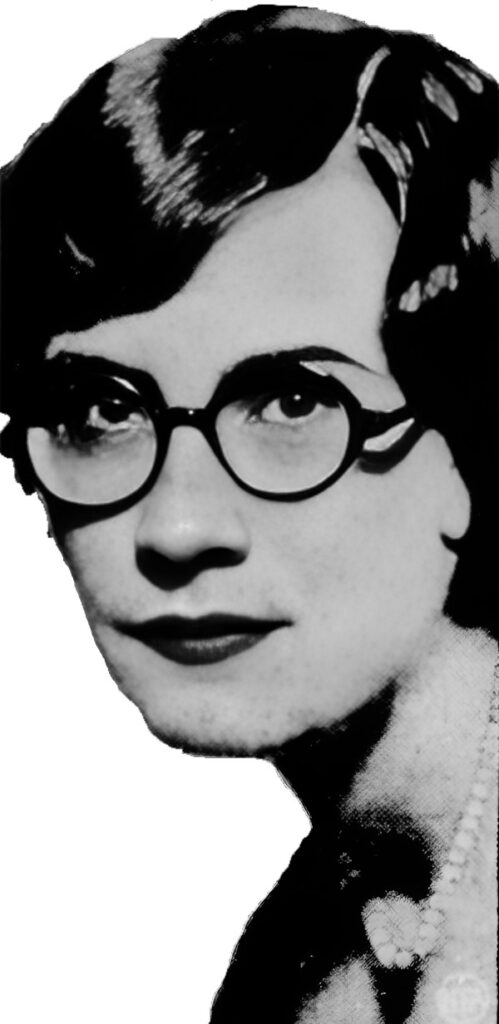
Today, she’s mostly forgotten though a few readers have kept her memory alive. J. F. Norris of Pretty Sinister Books offers a good overview of her early work. Ashbrook’s early work is in the S. S. Van Dine school. Spike Tracy, her detective, is the ne’er-do-well brother of the district attorney, thus getting access to the police and helping them out in difficult cases. Later novels move away from straight detection to psychological suspense and insight into motive, rather than on the actual crime.
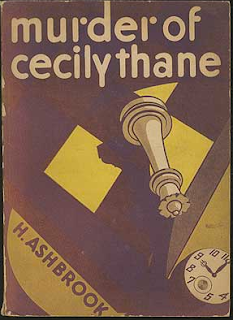
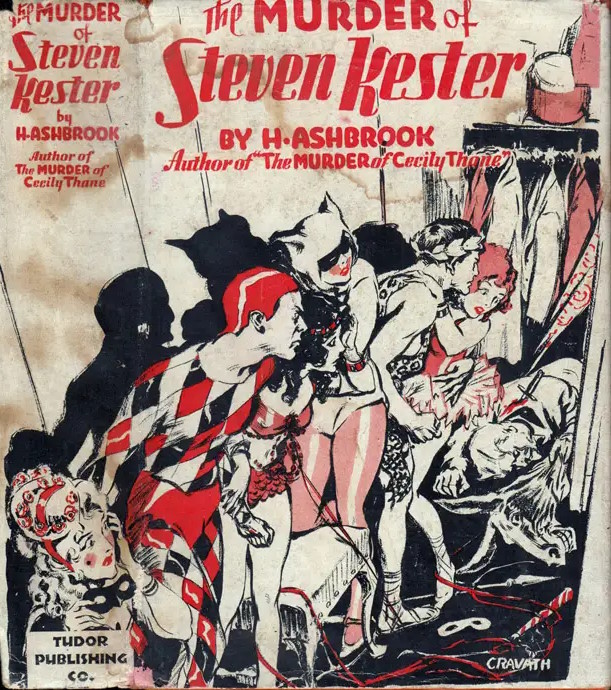
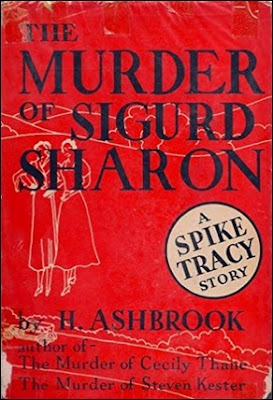
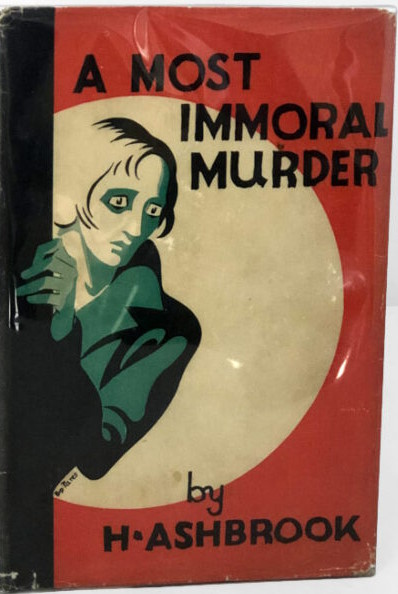
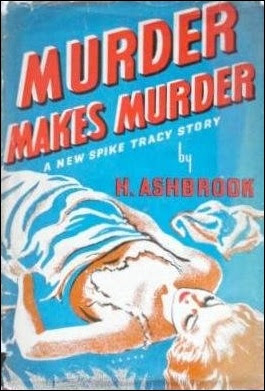
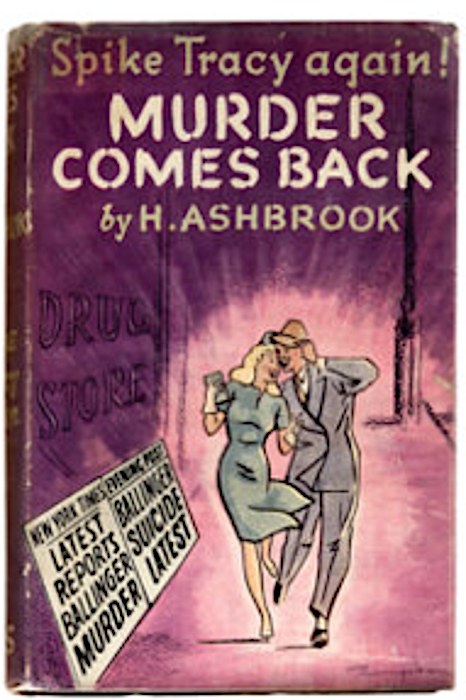
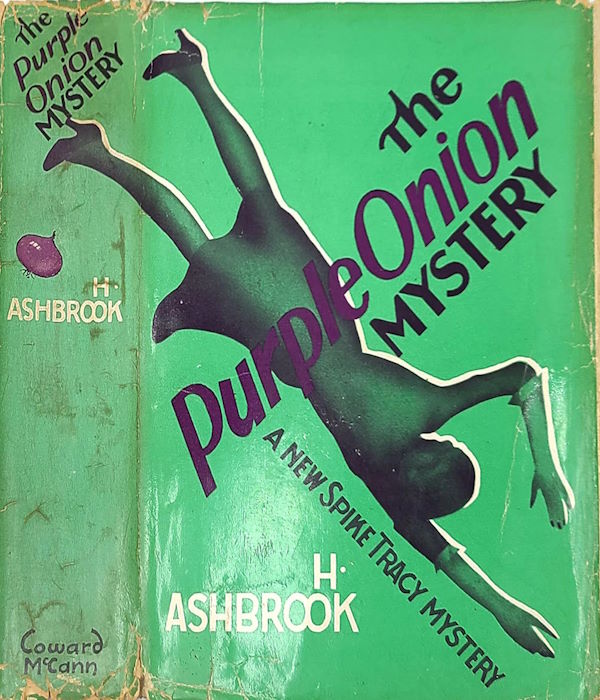
I think the best of her work is Murder Makes Murder. The plot concerns how the past reaches into the present, reminiscent of Ross MacDonald’s work. But Ashbrook’s take on this is much darker and harder hitting than MacDonald’s work, with the conclusion of Murder Makes Murder hitting me like a gut punch. The ending surely rivals in reader impact Mickey Spillane’s I, The Jury.
Ashbrook’s vision of the world is bleak; the murdered victims were innocents, the killers found neither peace nor joy, and the fruits of the crimes go to the totally undeserving and scheming. Perhaps there will be justice in the afterlife, but none in this one.
A great book, and if you want a plot synopsis, go here: https://moonlight-detective.blogspot.com/2019/12/murder-makes-murder-1937-by-harriette.html. He compares her work to Helen McCloy. I’m not entirely sure of that, but certainly McCloy’s insight into motive is similar to Ashbrook’s.
That blog also has reviews of most of her work: https://moonlight-detective.blogspot.com/search?q=ashbrook, including one under her Susannah Shane pseudonym.
How to go about getting her books? Black Heath Press reissued her Spike Tracy series in ebook format for the Kindle, priced at a dollar a book. It’s a bargain, and you can find the seven book series here: https://amzn.to/3ZjGhAu. I read them all in two to three days, they’re short and easy reads.
If you’d like to sample her work before busting out the big bucks, you can read the original magazine publication of A Most Immoral Murder in the July 1935 issue of Mystery Magazine on the Internet Archive. It’s similar to Murder Makes Murder in how the past affects the present, and the motivation of the killer weighs on Tracy more than the required legal punishment for the crime.